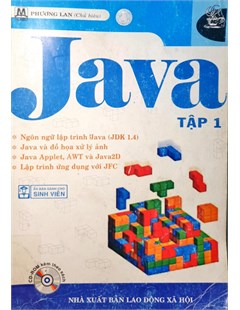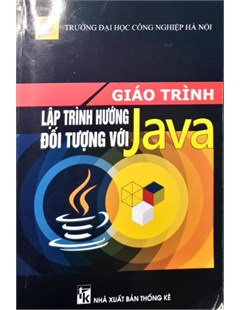Distributed Virtual Worlds
Recently, with the success of Java and the existence of different interfaces be tween VRML and Java, it became possible to implement three-dimensional internet applications on standard VRML browsers (Plugins) using Java
2010
With the widespread use of VRML-Browsers, e.g., as part of the Netscape Com municator and Microsoft's Internet Explorerstandard distributions, everyone connected to the internet via a PC ( and some other platforms) can directly enter a virtual world without installing a new kind of software. The VRML technology offers the basis for new forms of customer services, e.g., interactive three-dimensional product configuration, spare part ordering, or customer training. Also this technology can be used for CSCW in intranets. This book has a theoretical and a practical part. The theoretical part is intended more for teachers and researchers, while the practical part is in tended for web designers, programmers and students, who want to have both a hands-on approach to implementing Web 3D applications and a technically detailed overview of existing solutions for specific problems in this area.
The reader should be familiar with programming languages and computers and, in particular, should know Java or at least an object-oriented programming language. The book not only provides and explains source code, which can be used as a starting point for own implementations, but it also describes the fundamental problems and how currently known solutions work. It discusses a variety of different techniques and trade offs. Many illustrations help the reader to understand and memorize the underlying principles.
Stephan Diehl. Distributed Virtual Worlds. Springer, 2010.
Ngành HỆ THỐNG THÔNG TIN (7480104)
 |  |  |
| Distributed Virtual Worlds | Java tập 1 | Giáo trình lập trình hướng đối tượng với Java |
Thứ Ba, 09:38 15/11/2022
Copyright © 2018 Hanoi University of Industry.